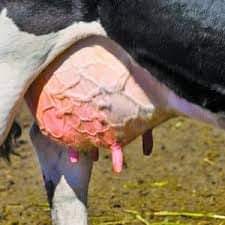Mastitis is a common and costly disease of dairy cows that causes inflammation of the mammary gland and results in reduced milk production and quality. Mastitis is caused by a variety of factors, including bacterial infections, poor hygiene practices, and physical injuries to the udder. In this blog post, we'll explore the causes and effects of mastitis in dairy cows and discuss some of the key considerations for preventing and treating this disease.
Mastitis is a serious concern for dairy farmers, as it can lead to reduced milk production, decreased milk quality, and increased culling rates. The disease is also associated with significant economic losses, as it can lead to higher treatment costs and lost revenue from reduced milk production.
To prevent and treat mastitis, it is important to implement good hygiene practices during milking, such as properly cleaning the udder and equipment and handling the milk carefully to prevent contamination. In addition, it is important to regularly monitor the cows for signs of mastitis and take corrective action if necessary, such as treating infected cows with antibiotics or culling severely affected animals.
By understanding and managing mastitis in dairy cows, it is possible to improve the productivity and overall health of these important agricultural animals and reduce the economic impact of this disease.
Keywords: mastitis, dairy cows, inflammation, mammary gland, milk production, milk quality, bacterial infections, hygiene practices, udder injuries, treatment, culling, economic losses, antibiotics, productivity, health, agriculture.

